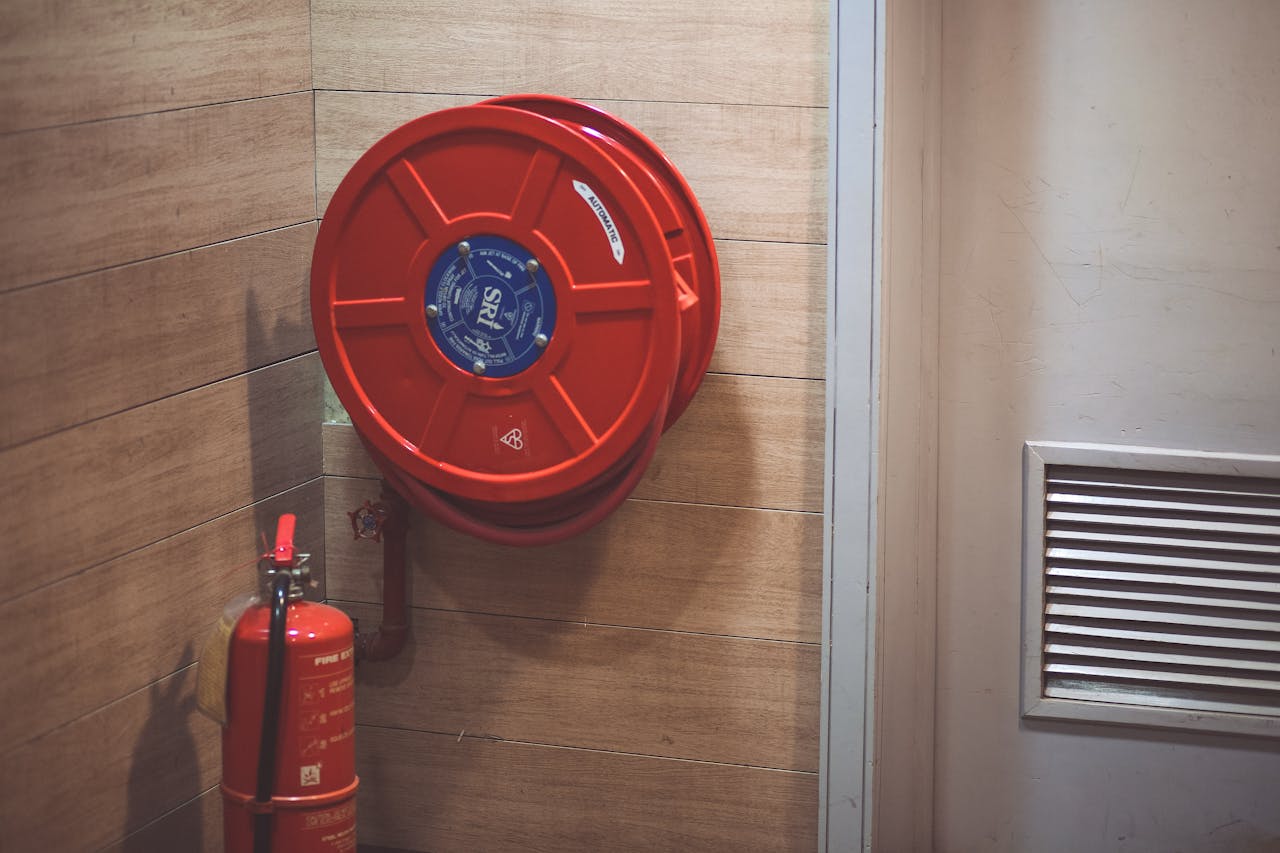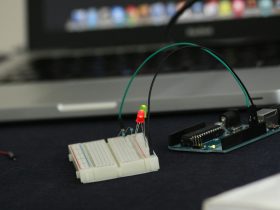Table of Contents
- The Importance of Fire Protection Systems
- Different Types of Fire Protection Systems
- Latest Technological Advancements
- Benefits of Modern Fire Protection Systems
- How to Choose the Right System
- Maintenance and Regular Checks
- Real-Life Success Stories
The Importance of Fire Protection Systems
Fire protection systems are indispensable in safeguarding lives and property. Effectively installed fire protection systems significantly reduce the risk of fire-related fatalities and property damage. A robust system is a non-negotiable safety measure for residential homes and commercial buildings. Furthermore, a reliable fire protection system can provide peace of mind to occupants and stakeholders, ensuring preventive actions are in place to reduce possible catastrophes.
One crucial aspect of ensuring these systems function optimally is fire flow testing. This testing is essential to determine the water availability and pressure in a building’s fire protection system, ensuring it operates effectively in a fire emergency. Ensuring adequate water flow and pressure not only boosts the efficiency of firefighting efforts but also ensures compliance with local fire safety regulations, which can have legal and insurance implications.
Different Types of Fire Protection Systems
- Water-based systems are the most common types and include sprinkler and standpipe systems. Sprinkler systems are created to disperse water upon detecting a fire, effectively putting out or managing the fire until the arrival of firefighters. Standpipe systems, on the other hand, provide water outlets throughout a building that firefighters can connect hoses to for manual fire suppression.
- Gas-based systems: Systems like clean agents and carbon dioxide systems fall into this category. They are ideal for environments where water damage, such as data centers, must be minimized. Clean agent systems use gas to suppress fires without leaving residue, making them suitable for protecting electronic equipment and other sensitive materials. Carbon dioxide systems displace oxygen to extinguish fires, effective in areas that are usually unoccupied but require rapid fire suppression.
- Chemical-based systems include foam and dry chemical systems, which are particularly effective in industrial settings. Foam systems are great for extinguishing flammable liquid fires by creating a blanket that smothers the fire. Dry chemical systems use powders to interrupt the chemical reactions occurring during combustion, making them efficient for various fire types and particularly common in industrial applications.
Latest Technological Advancements
Innovations like smart sensors and automated monitoring systems are revolutionizing fire protection. These technologies provide real-time alerts and automated responses, enhancing traditional systems’ effectiveness. One notable advancement is the AI-integrated fire detection system, which detects fire sources faster and more accurately. It can significantly reduce response times, potentially saving more lives and property. Using AI and machine learning algorithms, these systems can examine patterns and forecast fire occurrences, enabling proactive steps instead of reactive actions.
Integrating IoT (Internet of Things) devices in fire protection offers enhanced connectivity and data gathering. These devices can track environmental elements like temperature, humidity, and air quality to summarize possible fire risks. The data collected can be analyzed to implement preventive measures, ensuring higher safety and preparedness.
Benefits of Modern Fire Protection Systems
- Enhanced safety for occupants and property. Contemporary systems enhance detection and suppression abilities, decreasing the chances of harm or fatalities in a fire emergency.
- Reduction in insurance premiums due to lowered risk levels. Many insurance companies provide discounts for properties equipped with advanced fire protection systems, recognizing the decreased likelihood of significant fire damage.
- Compliance with local safety regulations and standards. Up-to-date fire protection systems ensure adherence to evolving fire safety codes, avoiding potential legal issues and fines.
- Improved safety features increase property value. Properties with state-of-the-art fire protection systems are often more attractive to buyers and tenants who understand the value of enhanced safety and compliance.
How to Choose the Right System
Choosing the right fire protection system largely depends on the type of property, potential fire hazards, budget, and local building codes. Consulting with a fire protection specialist is advisable, as they can offer expert opinions based on the specific needs of your building. Factors like the building’s intended use, occupancy type, and the presence of hazardous materials play crucial roles in selecting the most appropriate system. For instance, a data center may prioritize gas-based systems to avoid water damage, while a manufacturing plant handling flammable liquids might opt for foam systems.
It is also essential to consider the different types of long-term maintenance systems and operational costs related to each, even though they might involve higher initial installation expenses, as they could lead to future maintenance and operation efficiency savings. Engaging with specialists who understand the nuances of various fire protection systems ensures that you receive a comprehensive assessment tailored to your building’s unique requirements.
Maintenance and Regular Checks
Regular maintenance and inspections ensure your fire protection system remains functional. Regular inspections can detect possible concerns before they develop into significant issues. Consistent maintenance practices improve the system’s efficiency and guarantee that it meets all necessary compliance standards. Maintenance tasks often include checking sprinkler heads, testing alarm systems, inspecting fire hoses, and verifying the operation of detection devices. Checking all parts to ensure functioning can avoid malfunctions in a crisis. Periodic fire drills and system testing are also essential in maintaining readiness. These activities help familiarize occupants with emergency procedures and ensure the fire protection system functions as expected. Maintaining thorough documentation of maintenance and inspections can assist in monitoring adherence and pinpointing areas for enhancement.
Real-Life Success Stories
Numerous examples of modern fire protection systems in action exist. For instance, a smart fire detection system recently prevented a significant disaster in a high-rise building. The system detected the fire early and quickly initiated the building’s emergency response protocols, mitigating the damage and saving lives. In another instance, a data center’s automated fire suppression system quickly extinguished a fire without causing damage to sensitive equipment, thanks to the use of clean agent gases.
These successful examples highlight the significance of investing in advanced technologies for fire protection. They highlight how modern systems enhance safety and ensure continuity in environments where downtime can result in significant financial losses. These cases illustrate that having a well-designed and maintained fire protection system is critical to comprehensive safety and risk management strategies.








Leave a Reply